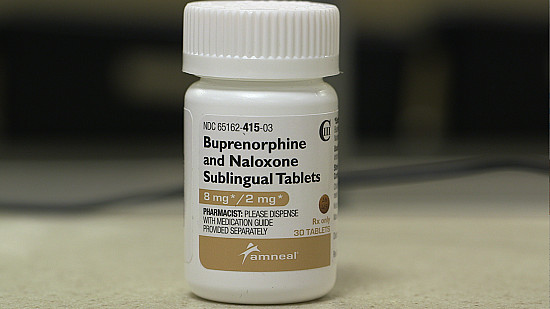Harvard Health Blog
Painkillers and drug addiction: An ongoing dilemma

On October 16, 1846, Dr. John Collins Warren, a renowned surgeon at Massachusetts General Hospital, removed a tumor from a printer named Gilbert Abbott. The operation was noteworthy for one reason: Abbott did not scream out in pain, as virtually every surgical patient did in those days.
The age of anesthesia was born. A Boston dentist, Dr. William T.G. Morton, had designed a device that enabled Abbott to inhale ether until he became unconscious. Although Abbott mumbled a few times during surgery, when he woke up he told his physicians that he remembered feeling only mild discomfort.
The occasion was so momentous that the operating theater where Abbott’s surgery took place is now known as the Ether Dome, and each year Mass. General celebrates Ether Day. The ether demonstration was also immortalized in a painting by Robert Hinckley that now hangs in the lobby of Harvard’s Countway Library of Medicine (see image below), just one floor down from where Harvard Health Publishing is located.
Of course, human nature being what it is, almost immediately after ether’s painkilling powers were discovered, ordinary people started inhaling the gas on their own, to get high. Raucous “ether frolics” became all the rage. (And you thought the Victorians were uptight!)
Fast forward 150 years or so, and the drug names may have changed, but the potential for drug abuse has not. Anesthesia has moved beyond ether, and a wide variety of painkillers are now available to treat pain from surgery, cancer, and chronic conditions like arthritis.
Narcotic painkillers, such as oxycodone (OxyContin), hydrocodone (Vicodin), and meperidine (Demerol) are among the most powerful painkillers available. These drugs belong to a class known as opioid analgesics, and they act on the same receptors in the brain as heroin does. Just as in the ether frolics of the last century, some people are using opioid painkillers for nonmedical reasons, to attain a drug-induced euphoria. Unfortunately, some people become addicted to painkillers as a result.
The Centers for Disease Control and Prevention reported recently that emergency room visits for drug reactions following nonmedical use of narcotic painkillers increased 111% over a five-year period, from 2004 to 2008. The 2009 National Survey on Drug Use and Health found that nearly two million Americans were dependent on or abusing prescription pain relievers—five times greater than the number of people addicted to heroin. Opioid painkiller addiction was also more common than abuse or dependence on any other type of prescription drug.
We’re working on a story about opioid painkiller addiction for an upcoming issue of the Harvard Mental Health Letter. We’ll discuss treatment options and challenges. In the meantime, if you are interested in learning more about painkiller addiction, you might want to read some of the articles published on this topic in the mainstream media. Both Time and Newsweek have covered the topic in depth, as have The Washington Post and The New York Times.
NPR also ran a story about a journalist who became addicted to painkillers, broke the habit, and decided to share his story. If you know someone who has become addicted to painkillers, or who has benefited from treatment, feel free to share your story in our comments section.
Editor’s note: Research assistance for this blog provided by Aviva Schwartz.
About the Author

Ann MacDonald, Contributor
Disclaimer:
As a service to our readers, Harvard Health Publishing provides access to our library of archived content. Please note the date of last review or update on all articles.
No content on this site, regardless of date, should ever be used as a substitute for direct medical advice from your doctor or other qualified clinician.















